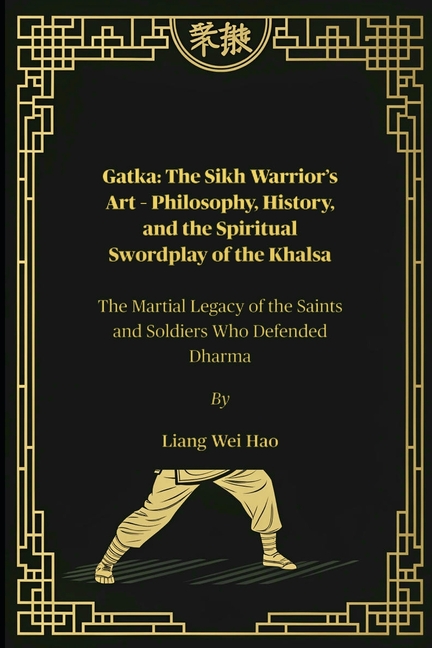Description
This book explores Gatka, the traditional martial art of the Sikh warrior tradition, from its historical roots to its modern practice. Beginning with its origins as a battlefield combat system, the chapters trace how Gatka evolved into a spiritual discipline that trains both body and mind. The writing explains core techniques, weapons, and training methods while emphasizing the ethical code that guides practitioners. Historical accounts show how these skills were used in real battles, while contemporary examples demonstrate how the art remains relevant today.
The chapters examine Gatka's deep connection to Sikh philosophy, where martial training serves as a path to self-discipline and mindfulness. Detailed descriptions bring to life the flowing movements of swordplay, the rhythmic footwork, and the mental focus required in practice. The book highlights how combat techniques are intertwined with spiritual principles, creating a holistic practice that develops character as much as physical ability. Stories of courage and sacrifice illustrate how these teachings were lived by warriors of the past.
Modern applications of Gatka receive equal attention, from competitive tournaments to cultural preservation efforts. The book describes how training methods have adapted to new environments while maintaining traditional values. It explores the growing participation of women practitioners and the art's spread beyond its regional origins. Current challenges and innovations are presented honestly, showing how communities are working to keep the tradition alive for future generations.
Written in clear, accessible language, this book serves as both an introduction and a deeper exploration of Gatka's many dimensions. Technical explanations of weapons and techniques are balanced with discussions of philosophy and heritage. Whether readers are martial artists, history enthusiasts, or those interested in Sikh culture, they will find a thoughtful examination of how an ancient warrior art remains meaningful in today's world. The pages convey not just information, but respect for a living tradition that continues to inspire.
Product Details
- Jul 6, 2025 Pub Date:
- 9798291285381 ISBN-10:
- 9798291285381 ISBN-13:
- English Language




